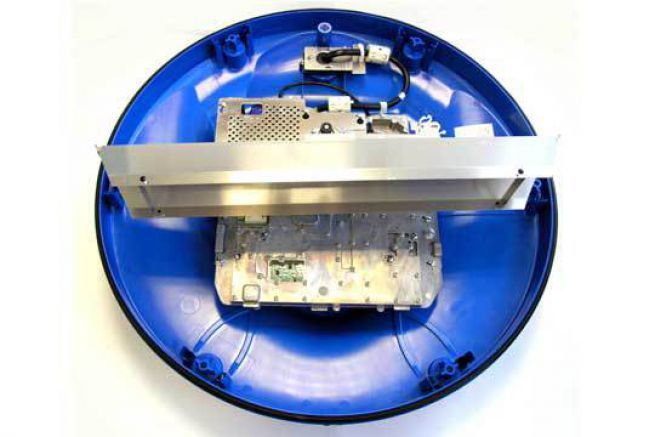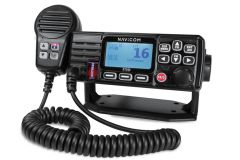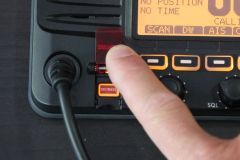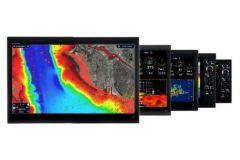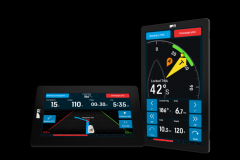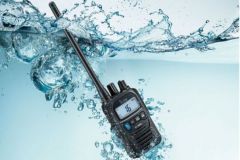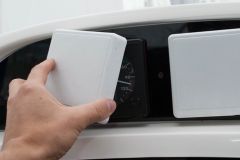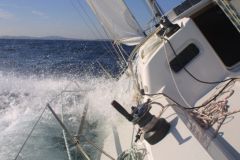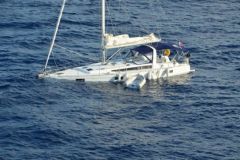Historically, radar works with a magnetron. It sends a strong pulse at regular intervals and calculates the time it takes to return, which determines the distance from the echo. This technology is well mastered despite the use of high voltage, always delicate in wet environments.
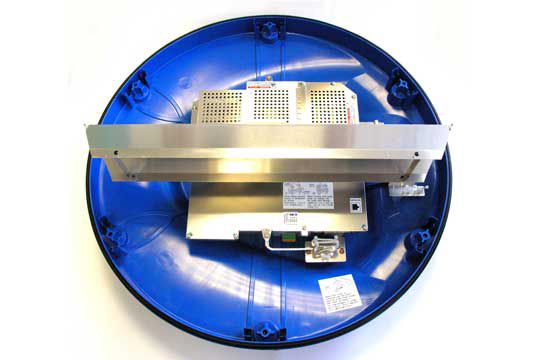
The interior of the DRS4D magnetron radome
The problem is that the pulse frequency is not precise. Each magnetron to its own. This requires a receiver equipped with reception stages, which is set on the transmission frequency. This is a setting on the radar, called tuning or tune. With this uncontrolled frequency, the magnetron radar is able to measure distances, but not to use the Doppler effect.
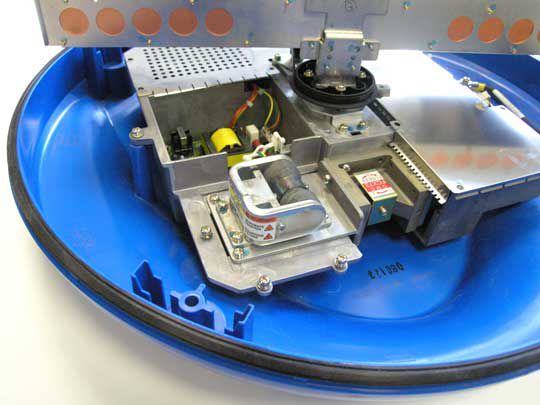
In the foreground, the magnetron that produces the pulses
Without going into the science in more detail, the Doppler effect says that if a signal sent at a given frequency to a moving object, it returns with a different frequency. The difference between the transmission and reception frequency is used to determine its speed. This is the operating principle of the radars that are installed along our roads.
This is where the so-called"magnetron-free" radars, also called Broad Band or Furuno's NXT: Solid State Doppler, come into question. On this type of radar, a transistor transmitter produces the wave with a controlled frequency.
These new technology radars offer several advantages:
1 - On-board electronics in the radome
On a"magnetron-free" radar, all signal processing is done in the radome. To operate, it is enough to feed the radome in 12 V and to connect a screen thanks to a simple network cable to display the radar image. The cabling is thus greatly simplified.
2 - No heating time
A conventional radar with a magnetron requires a heating time of 1 to 2 minutes before the image stabilizes. This is not the case for radars like the Furuno NXT that start immediately. This can be particularly useful if you want to use the radar occasionally to check a target, or to use the radar as a watch by turning it on every 5 minutes for example.
3 - Using the Doppler effect
Radars without magnetrons can use the Doppler effect. Thus on the NXT of Furuno the fixed echoes (a buoy, a jetty) are materialized in green whereas the potentially dangerous mobile echoes are in red (sharing of a collision course). The radar image then becomes immediately legible and accessible to the common navigator. Whereas previously it was necessary to define a target to follow it and know its speed and heading (ARPA), now the radar is able to do it automatically. This is the case of the Fast Target Tracking function on the Furuno NXT radar which replaces the ARPA. The radar will automatically select targets around you in all directions (up to 100 targets within a 3M radius). It displays a Speed and Course vector on each target: red for targets with a risk of collision, green for others. It is also possible to activate a collision risk alarm.
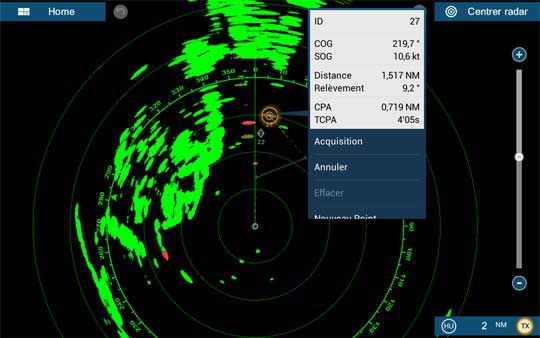
Automatic ARPA function
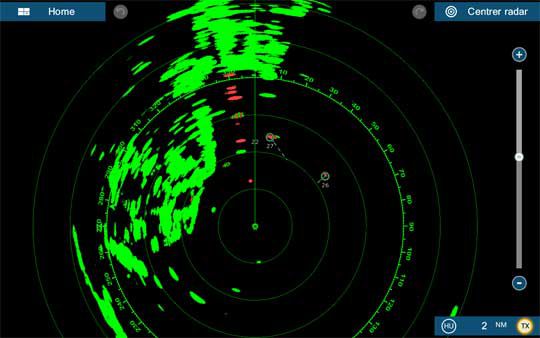
Target Analyser function
4 - Very accurate image, even at short range
Magnetron radars are disturbed at close range. There are too many returns that blur the image. Manufacturers often hide these echoes around the central point of the radar. With radar without magnetron, it is possible to see echoes very close to the boat. Furuno's NXT radar even has a RezBoost function that allows a very sharp and precise image to be obtained at short range (but also at long range). It is possible to distinguish several mooring buoys very close together. 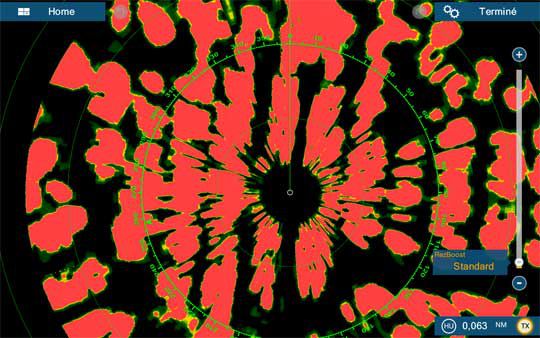
RezBoost off function

The image is much finer with RezBoost enabled
5 - Fine adjustments for special echoes
Radars"without magnetron" have fine adjustments accessible. Some functions make use of it like the Bird mode of the Furuno NXT radar which automatically adjusts the gain and the sea and rain filters to visualize the birds in fishing. A function very appreciated by fishermen which until now was reserved for professional fishermen.

